© tetronik GmbH. All rights reserved.
© tetronik GmbH. All rights reserved.
Staying Confident in Case of Fire with DAKS and Fire Alarm Systems
The crisis under control – the interaction of DAKS and Fire Alarm Systems (FAS)
Crisis situations can easily lead to stress and uncertainty. If emergency procedures are not practiced regularly and thus are not anchored in the minds of the employees, panic will quickly break out in an emergency. Then collisions occur on the stairs, visitors lose their orientation, fire protection assistants lack the opportunity to work together constructively, and the arrival of the fire department is not adequately prepared. And if, in the end, it was only a false alarm, then not only was the chaos in vain, but the fire run and the disruption of ongoing operations also resulted in high costs.
Intelligent communication is the key to the effective coordination of many important tasks that are at hand simultaneously in the event of a fire. These tasks must be completed reliably and without errors within a very short time. A well-wrought, ideally automated and frequently practiced alarm and evacuation procedure is required.
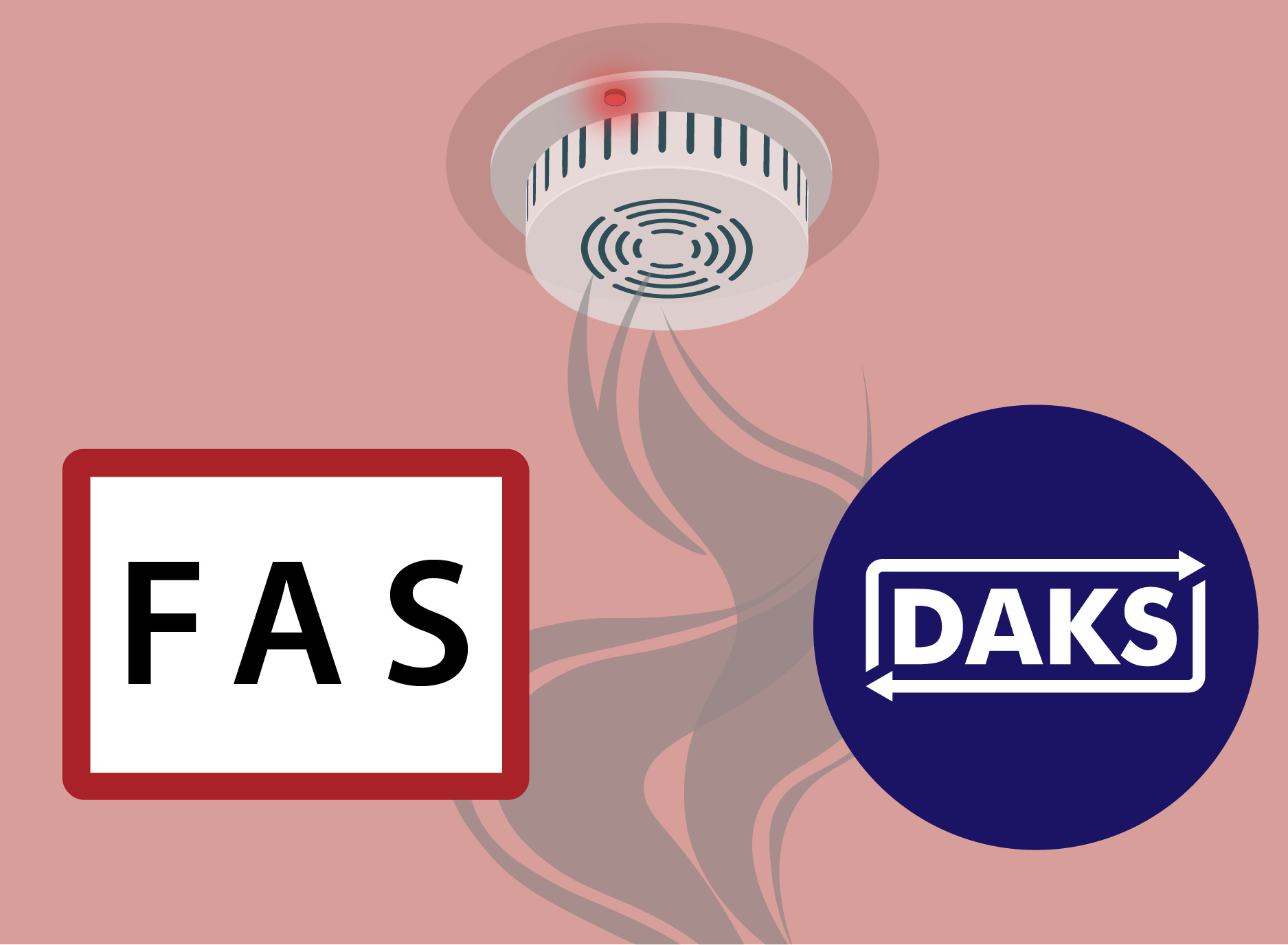
This is how you maintain order and clarity in the event of a fire
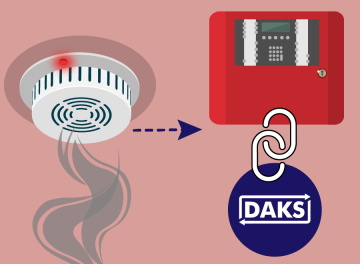
When smoke develops, the fire alarm system springs into action
As smoke forms in a room, the installed smoke detector sends a signal to the fire alarm control panel. The DAKS alarm server is connected to the control panel and takes over numerous communication tasks.
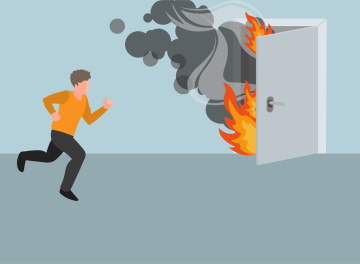
The time to investigate and detect a false alarm can be used effectively
Tim, the fire safety officer responsible for this area of the building, and other colleagues are informed about the fire by DAKS and they are connected in an ad hoc telephone conference. This allows them to coordinate in real time: within 1-2 minutes, the person closest to the smoke detector has to run to the corresponding room and report any false alarm so that the alarm process can be stopped. However, when Tim's colleague arrives and sees flames, he confirms to Tim that there is indeed a fire. In the meantime, Tim was able to run directly to the fire alarm control panel and now initiates further firefighting measures by pushing a button.
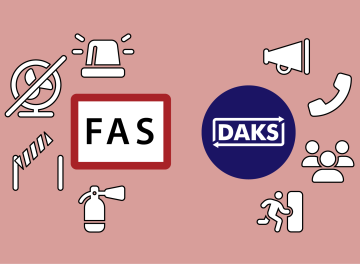
The fire alarm system and DAKS launch numerous internal processes
The fire alarm system immediately alerts the fire department, activates the sirens, closes fire doors, deactivates ventilation and opens the barrier for the fire department.
DAKS receives the signal from the fire alarm system and handles on-site communications. It connects the evacuation helpers in a conference, distributes the necessary information and ensures that they keep track of everything. If a helper is disconnected, DAKS automatically calls them again and adds them back to the conference.
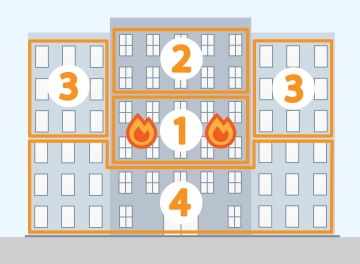
DAKS supports the segmented evacuation of the building
By making targeted announcements, DAKS first supports the orderly evacuation of the area directly affected by the fire. The people in the remaining parts of the building are then also guided out of the building in a specific order by means of announcements via the respective escape routes. In doing so, DAKS reaches external visitors via the loudspeakers, and employees additionally via their telephones, and informs them about the fire and the applicable escape route. Employees confirm the announcement on their phones by pressing a button. If they fail to do so, the fire protection assistants receive a message and can specifically check on the person concerned.
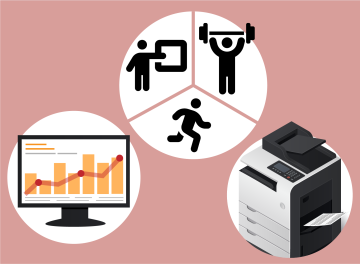
Because good plans are not enough: keep practicing
A short time later, everyone has arrived at the assembly point and the fire department can do its work unhindered. Regular practice with DAKS has paid off, because the better the employees know the emergency plan, the easier it is to keep calm in an actual emergency.
Practicing plays a significant role and is usually underestimated. With DAKS on premise, you can practice as often as you like without additional costs.
Not only in case of actual incidents, but also in case of drills, DAKS provides a detailed protocol that helps the responsible persons to optimize these important processes.
Benefits of connecting DAKS to your Fire Alarm System

Safety for employees and visitors
- Order instead of panic: In the crisis situation, visitors and employees are supported by both DAKS and the evacuation helpers and panic is avoided as much as possible.
- Simplicity instead of complexity: the targeted announcements provide clarity during evacuation and help people in the building to find the exit route safely.

Clarity for those responsible
- The telephone conference supports evacuation assistants during the evacuation and helps them to keep track of the situation.
- The DAKS protocols provide transparency and a perfect basis for optimizing internal processes.
- Cost-free drills provide ideal preparation for emergencies; in the event of an emergency, many things have already been internalized.
- DAKS automates numerous communication processes and ensures security in many other places thanks to its connection to the building's infrastructure.
Video of the solution
Discuss your individual application project with us
Add this solution
to your watch list
Related Application Examples

The 911 Call – Help Fast and Effectively after Occupational Accidents

Always Safe in the Elevator with DAKS and the Self-Checking Elevator Emergency Call
- Home
- Applications
- Staying Confident in Case of Fire with DAKS and Fire Alarm Systems
© tetronik GmbH. All rights reserved.




